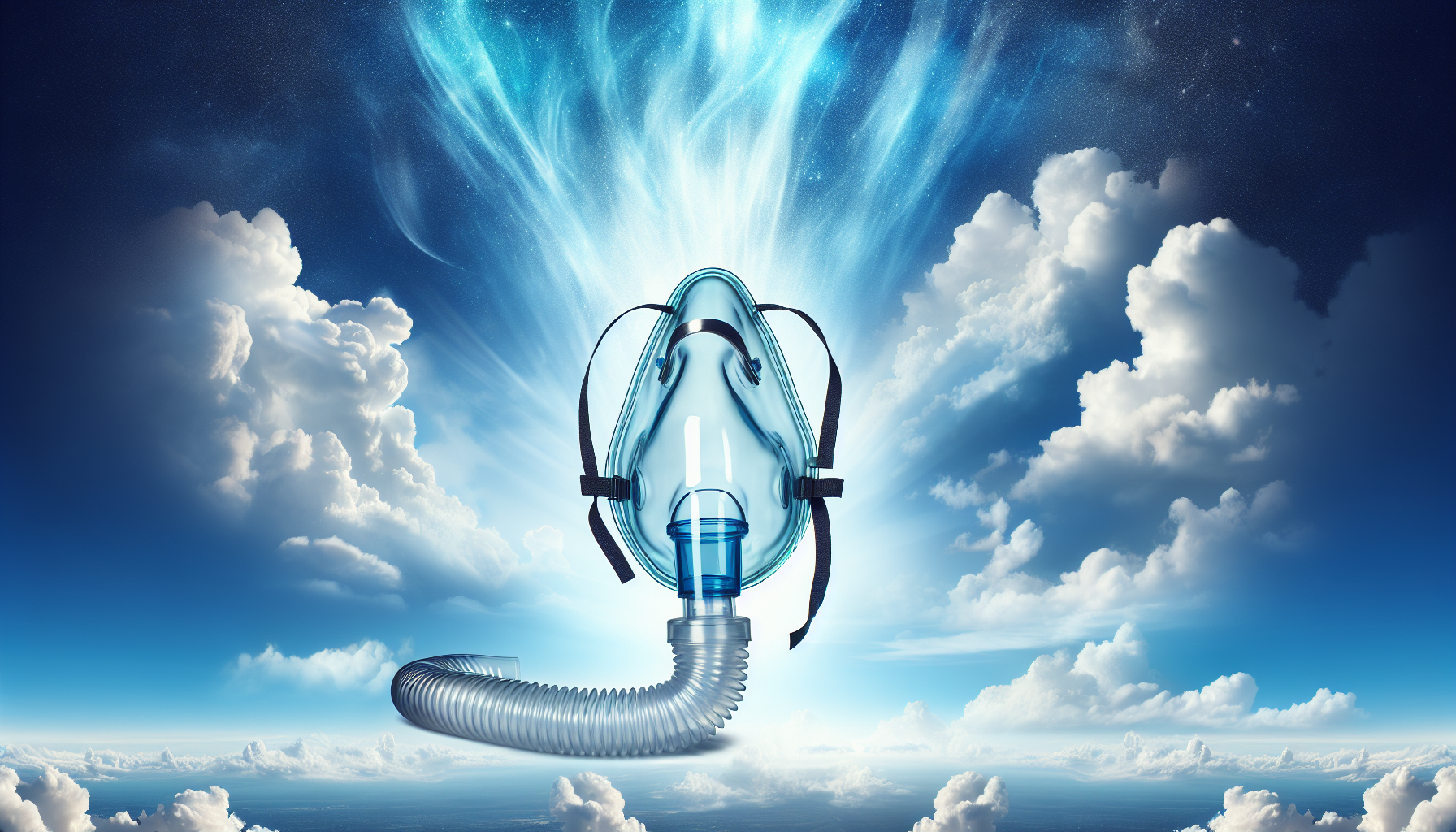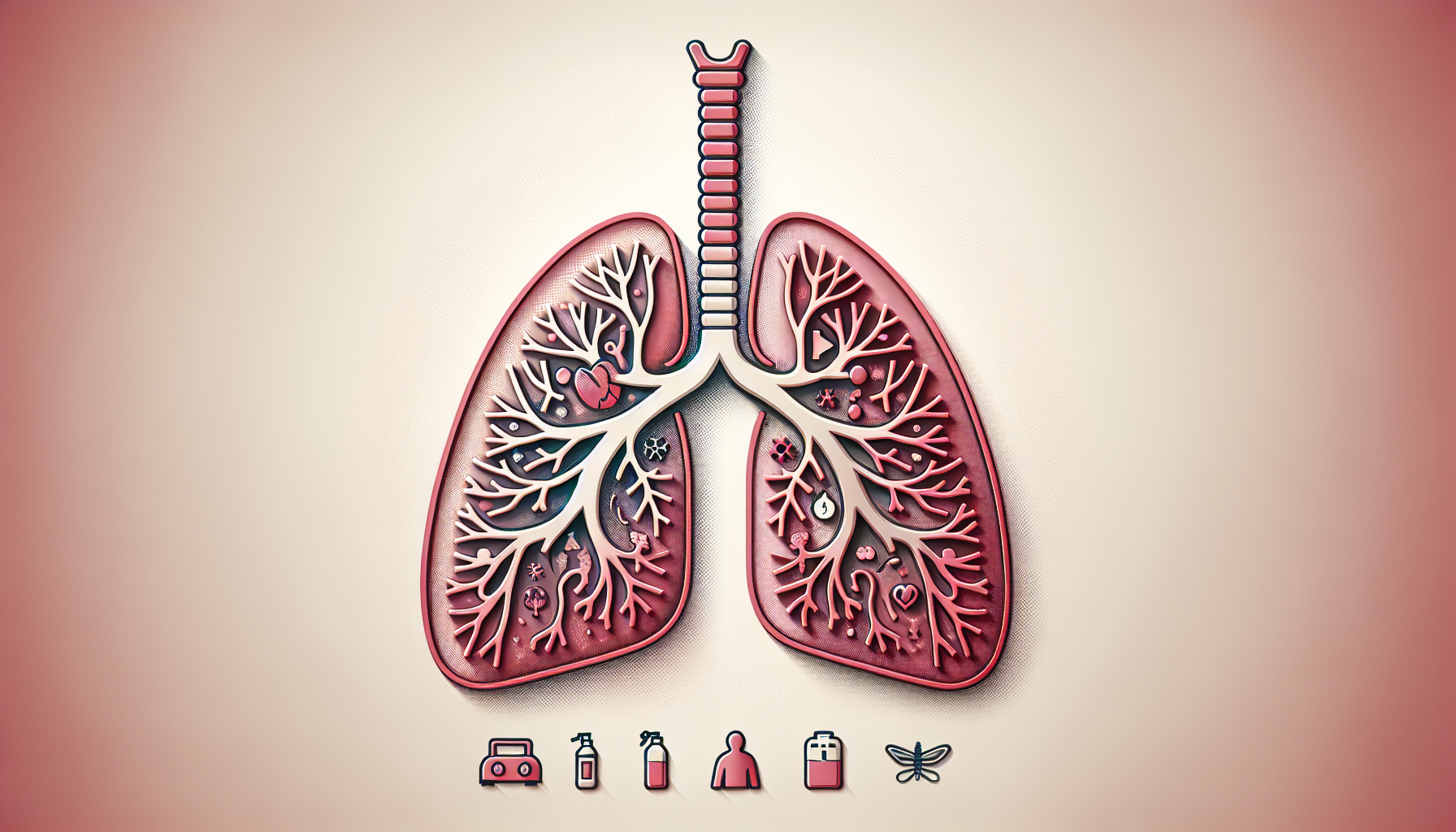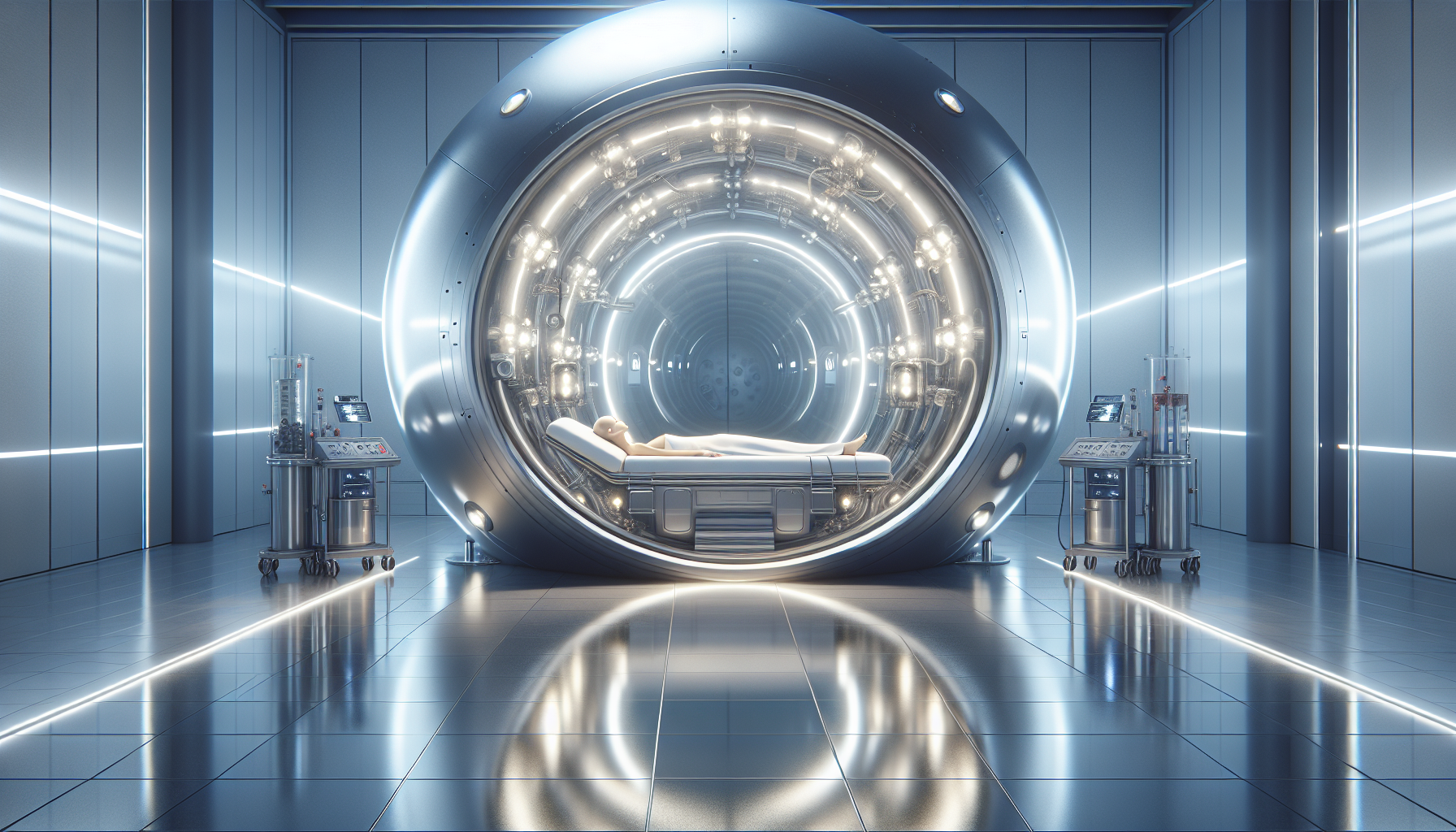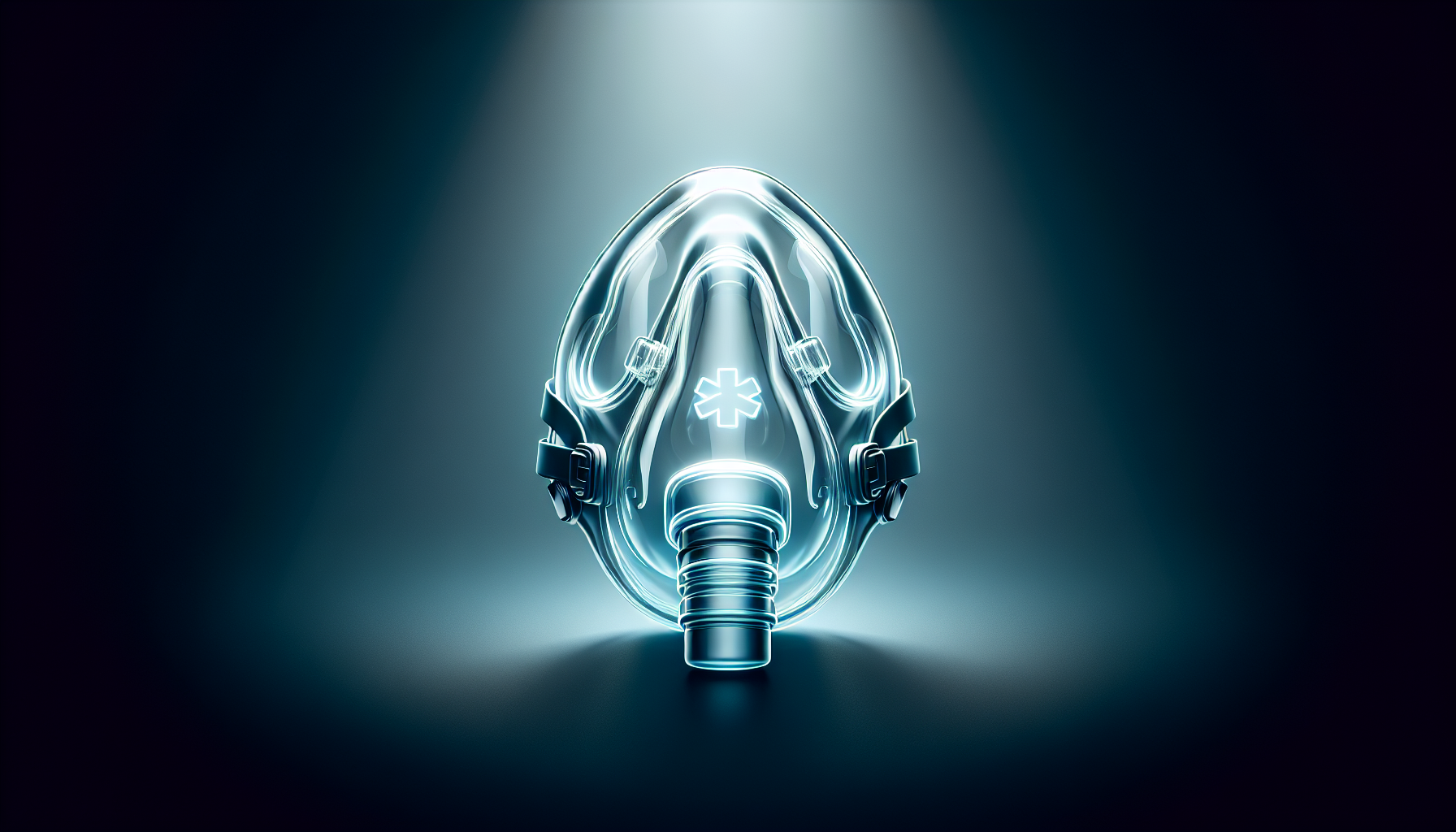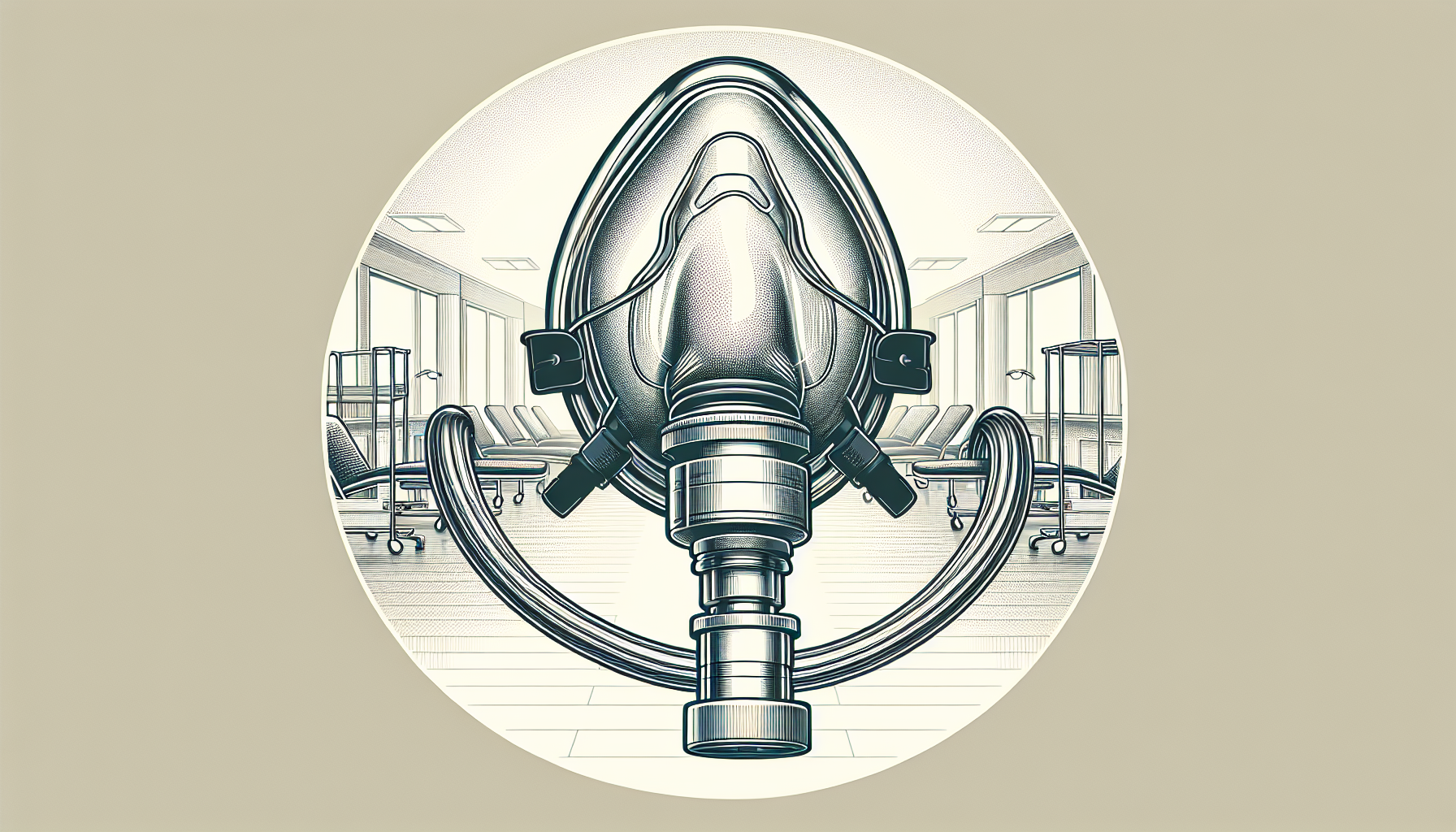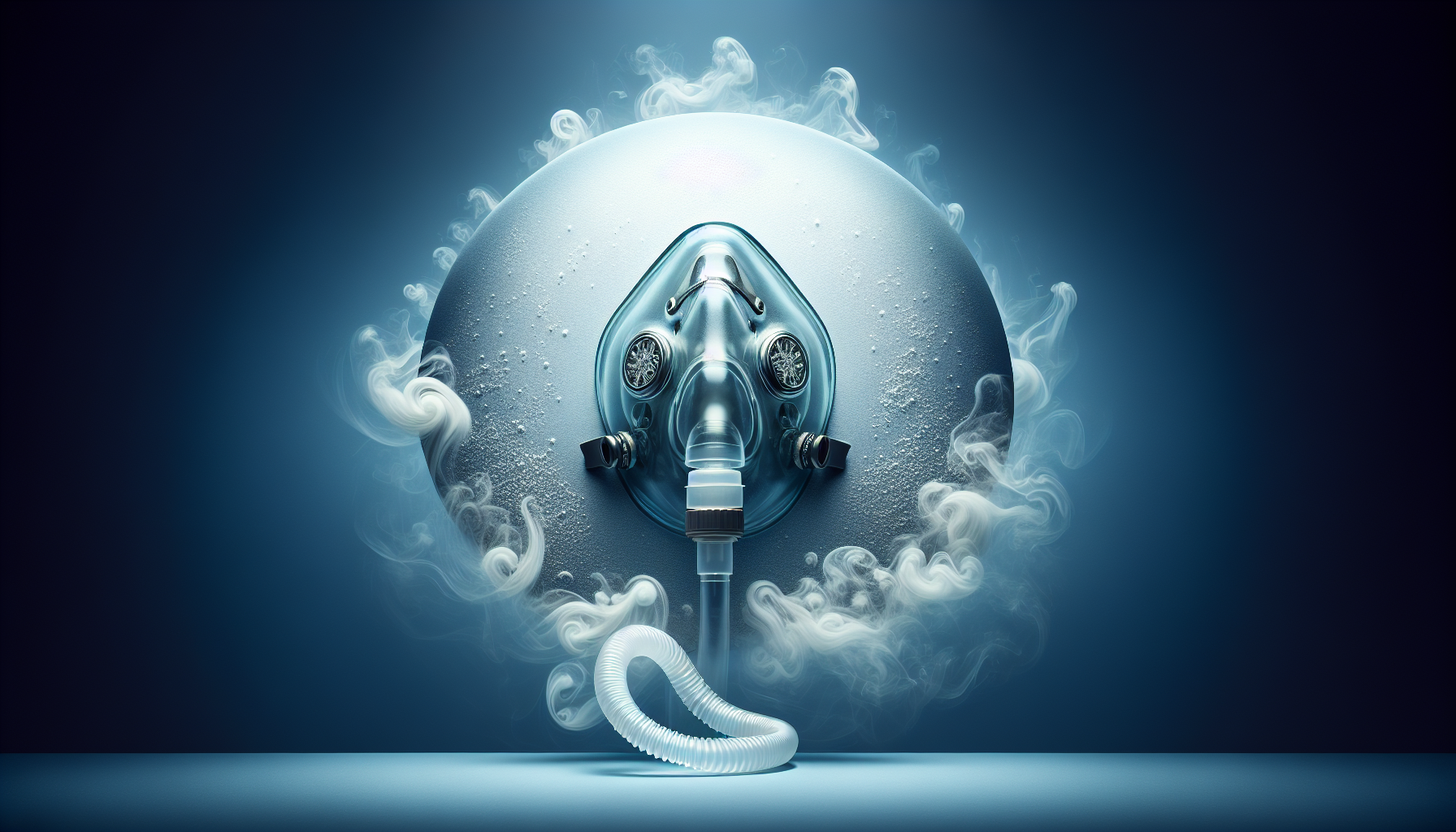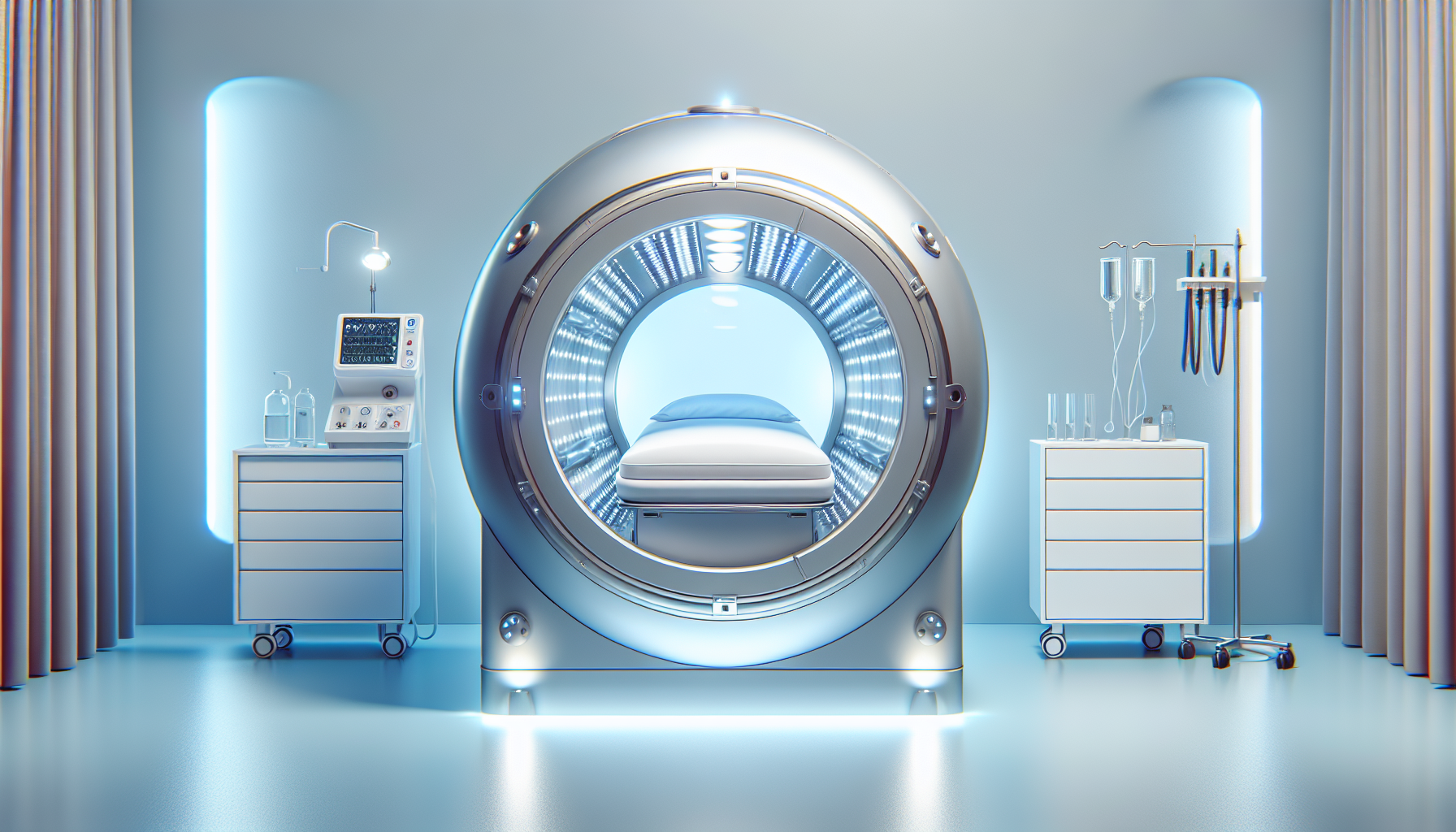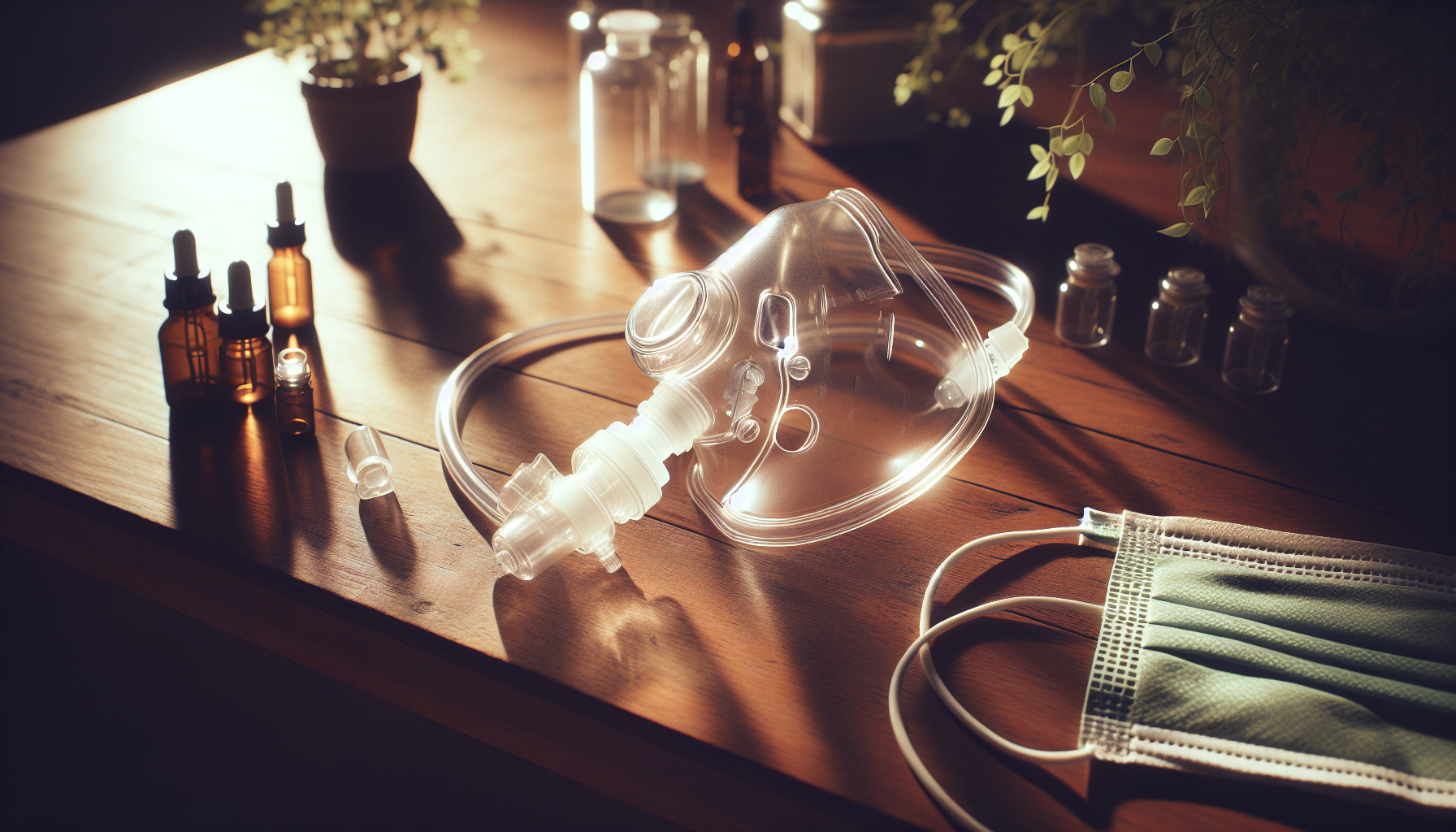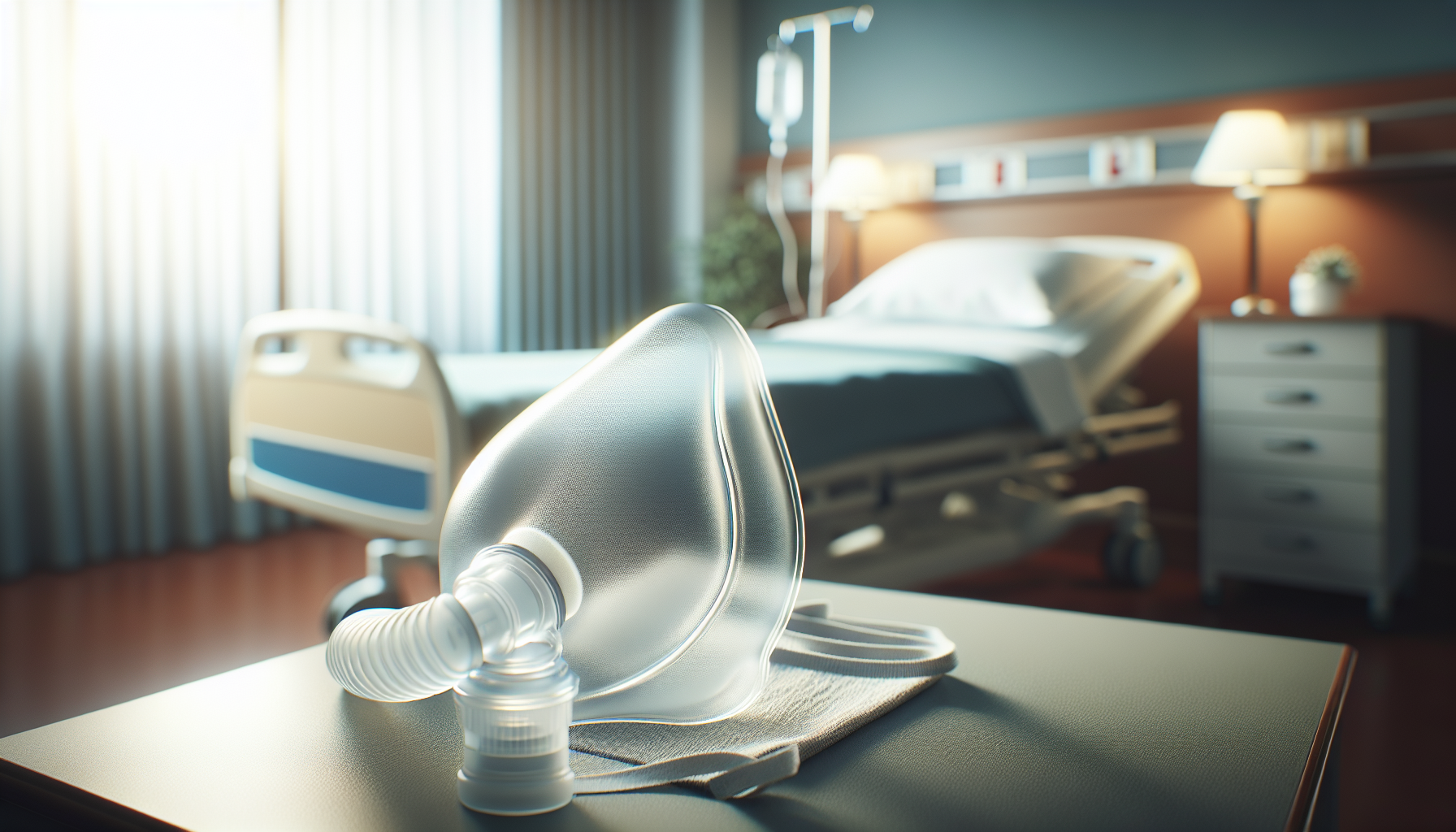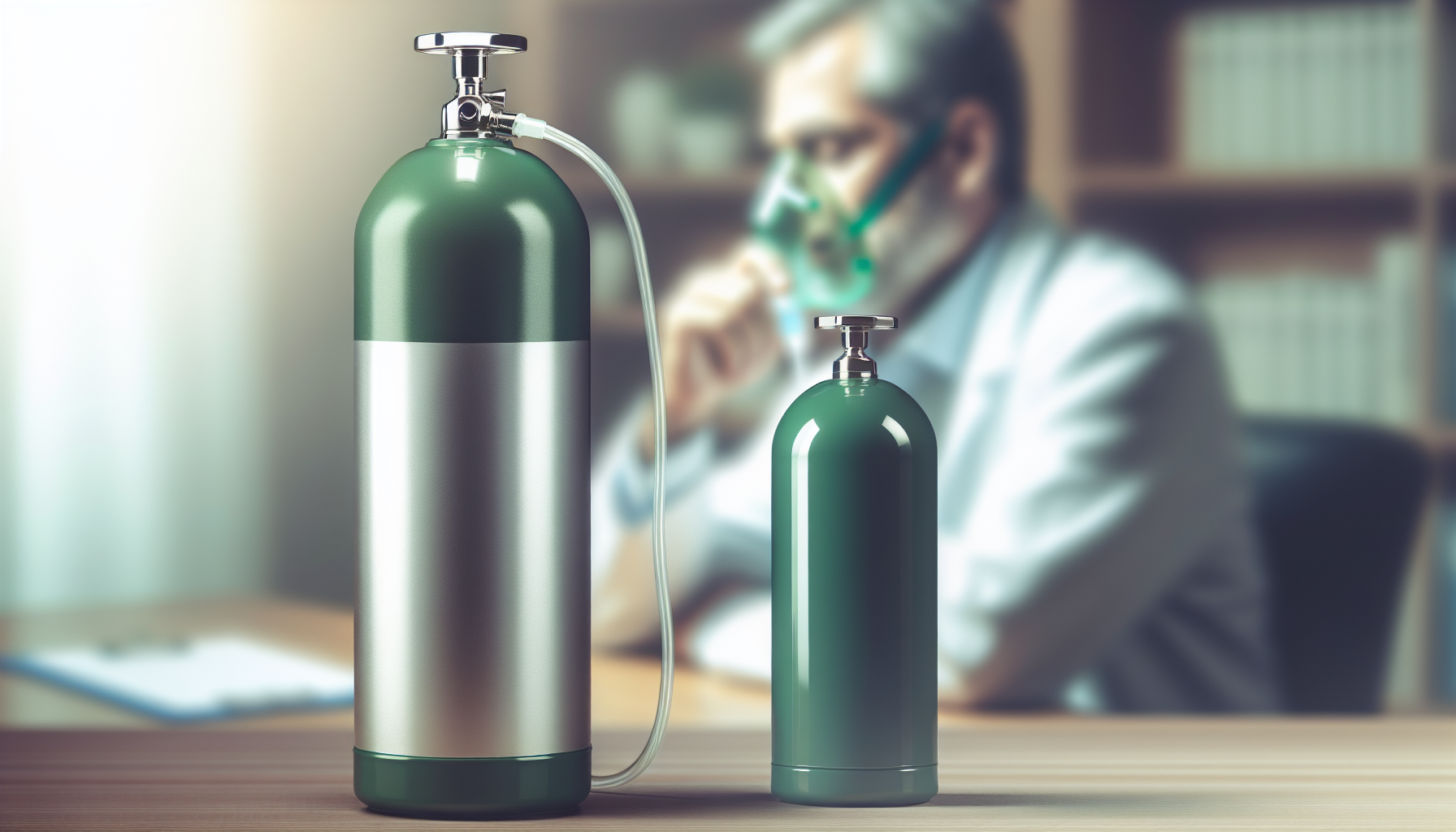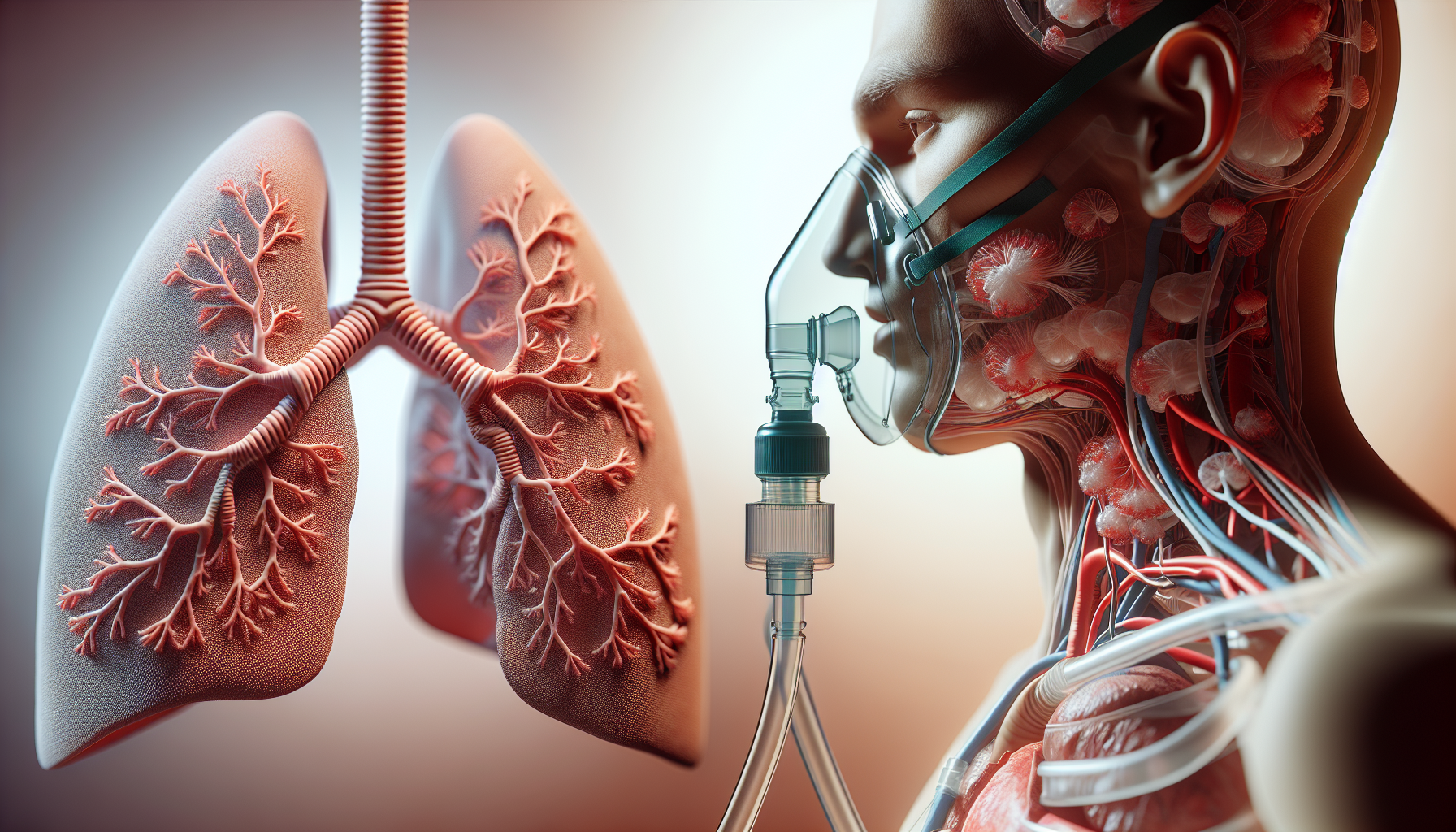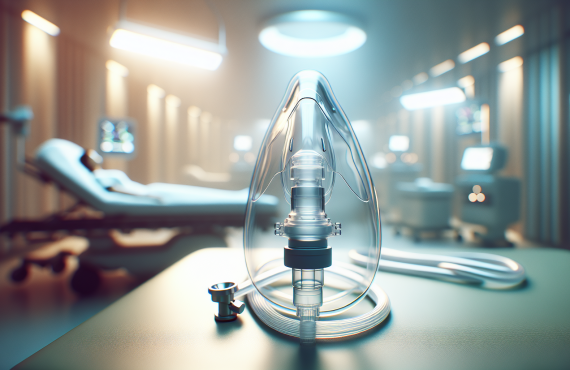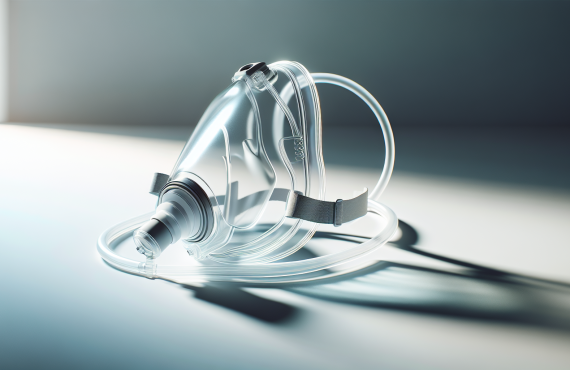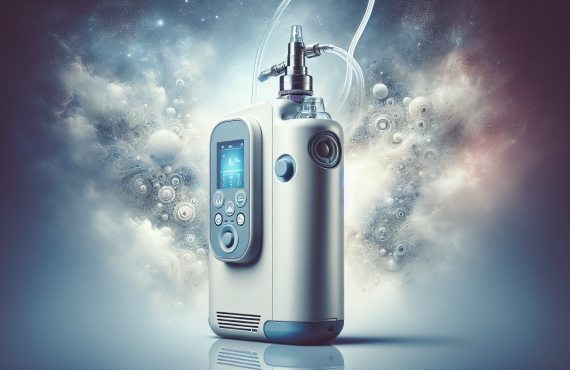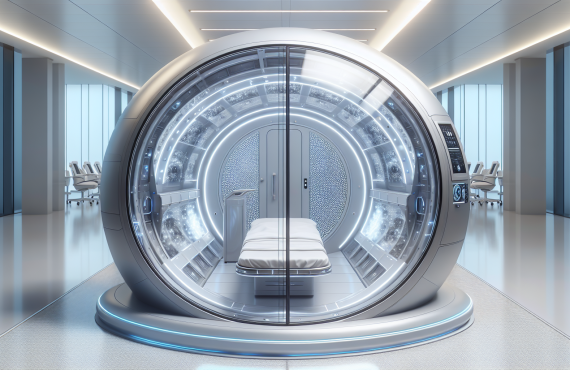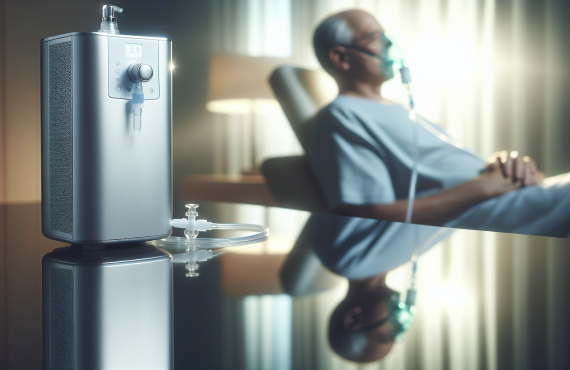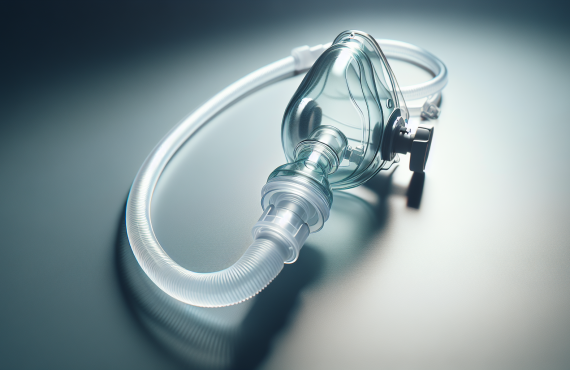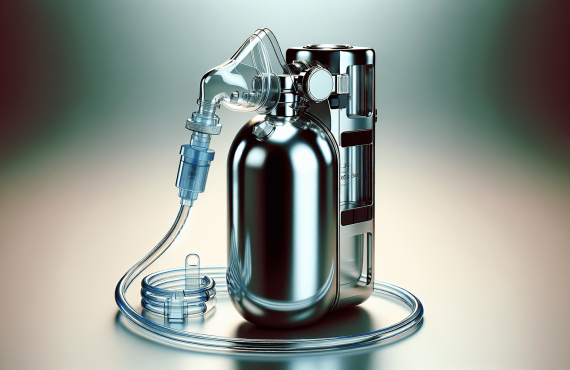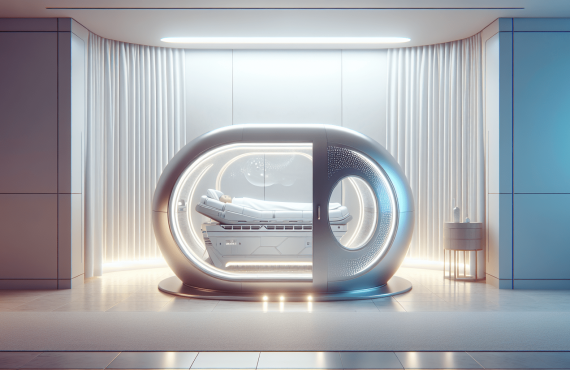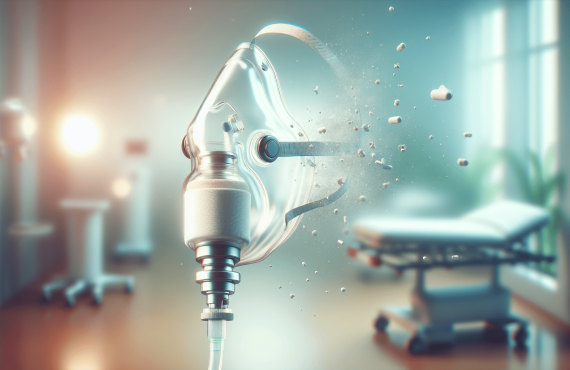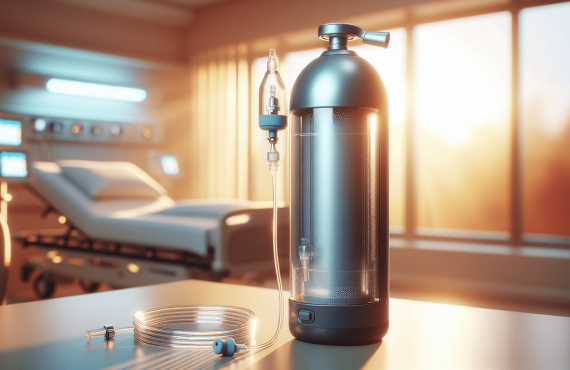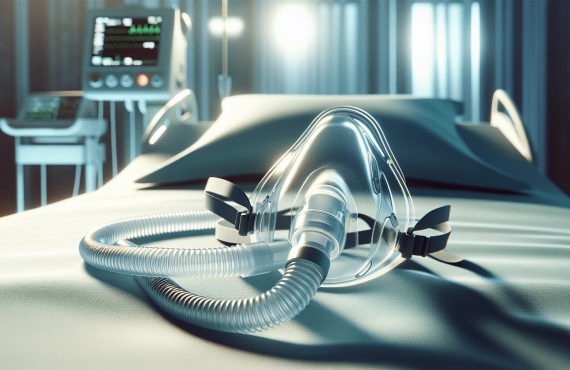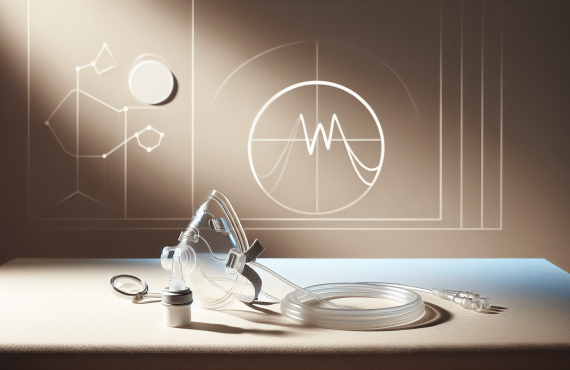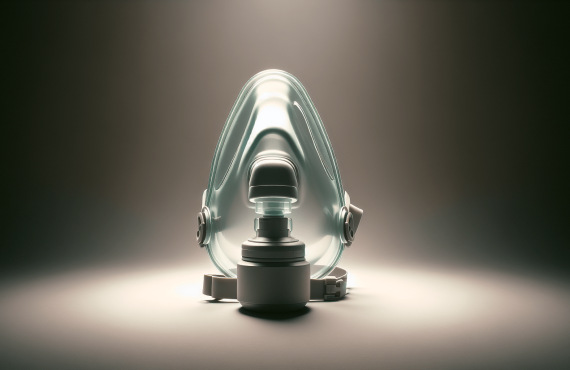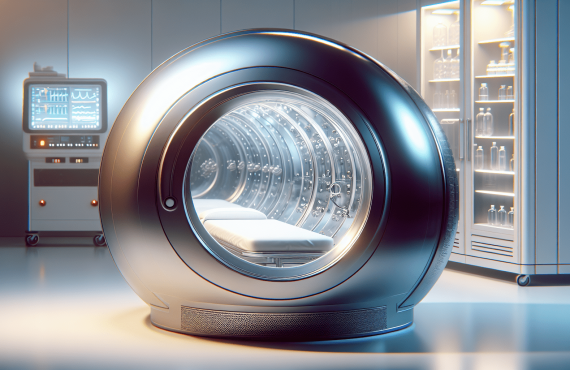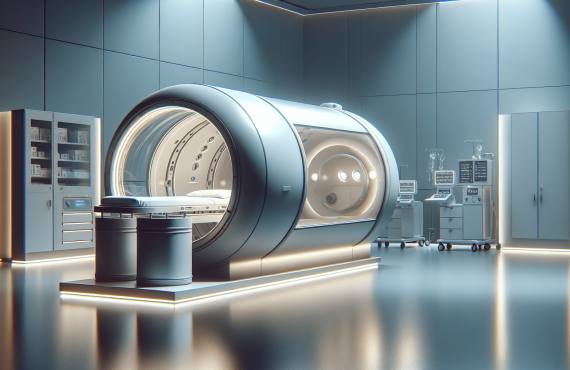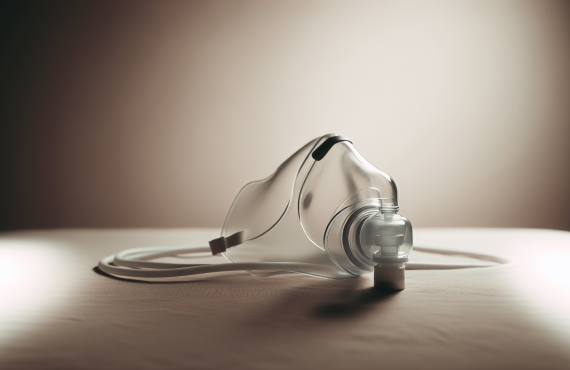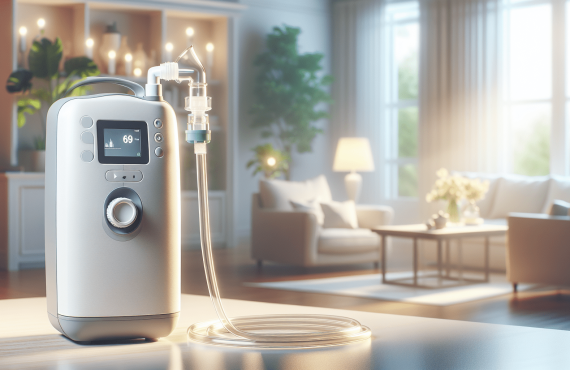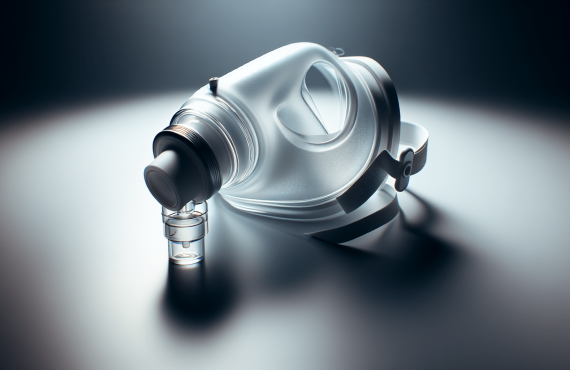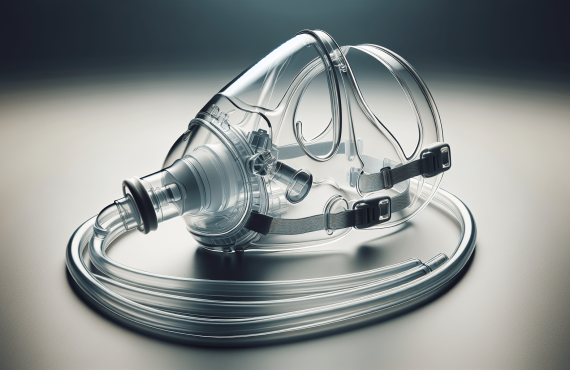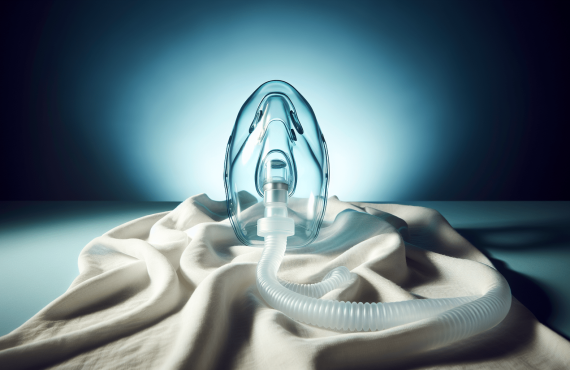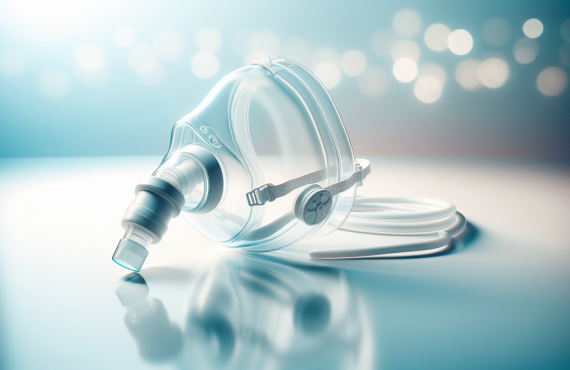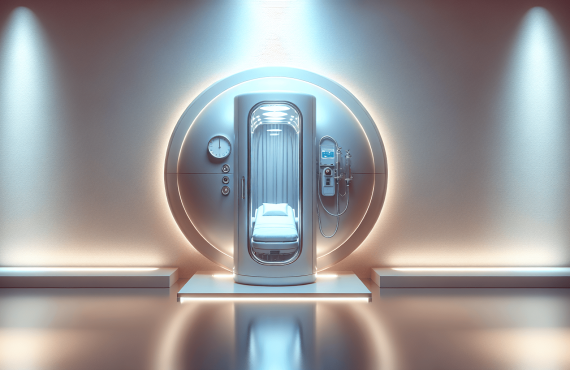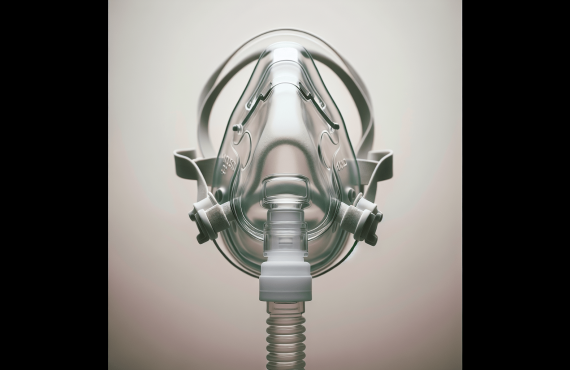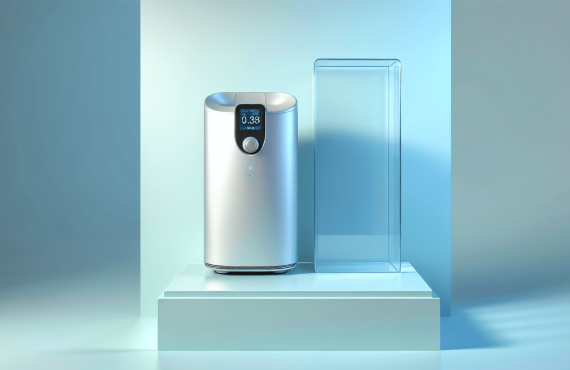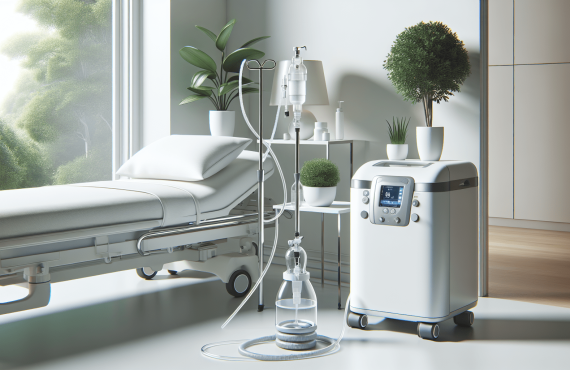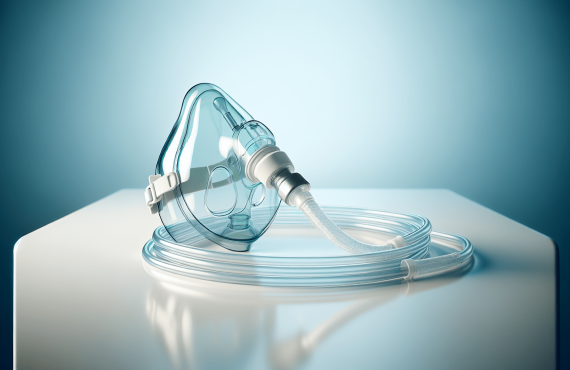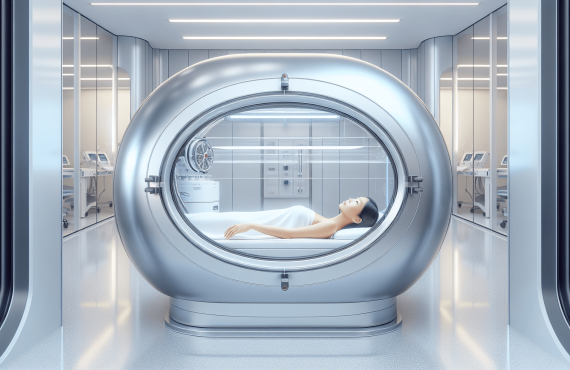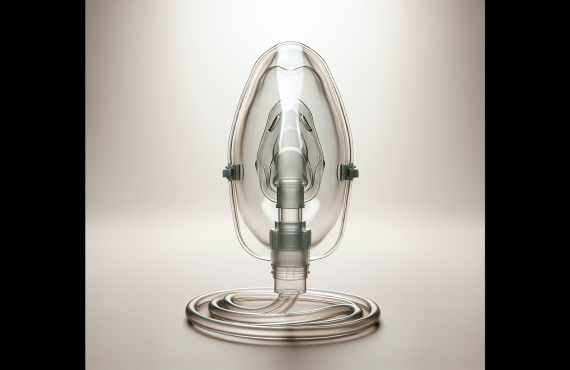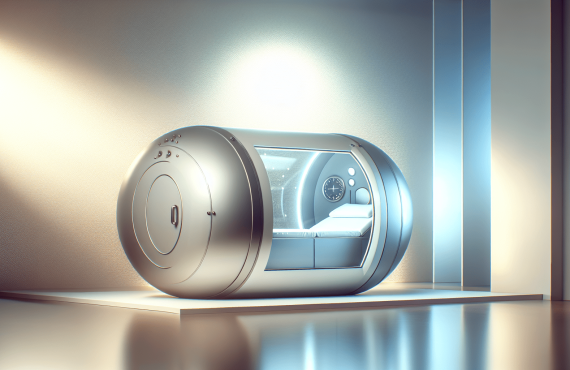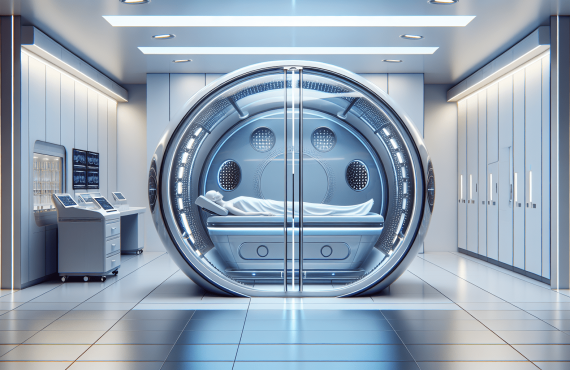Have you ever wondered when a patient might need oxygen? It’s a crucial question, especially in medical settings where ensuring the right amount of oxygen can make a significant difference in patient outcomes. Oxygen saturation, respiratory distress, and other indicators can guide this decision, but let’s break it down to simplify things for you.
Table of Contents
Understanding the Role of Oxygen in the Body
Oxygen is as essential as food and water, yet often taken for granted. It fuels our organs, muscles, and cells like gas fuels a car. Low oxygen levels in the body can lead to fatigue, confusion, or even more severe health issues.
Oxygen Transport Process
Under normal conditions, oxygen enters the lungs, where it binds to hemoglobin in red blood cells, traveling through the bloodstream to nourish organs and tissues. This process is fundamental because nearly every function in your body relies on a steady supply of oxygen.
Importance of Optimal Oxygen Levels
Maintaining the right oxygen level ensures that all bodily functions operate smoothly. Too little oxygen can cause hypoxia, while too much might lead to oxygen toxicity. Therefore, monitoring and maintaining balance is vital for health.
Indicators That a Patient Needs Oxygen
When you look at a patient, how do you determine if they need oxygen? It’s a mix of observing physical signs and clinical measurements.
Recognizing Physical Symptoms
A patient needing oxygen might display symptoms like rapid breathing, shortness of breath, confusion, or bluish skin tone. These signs suggest that the body isn’t receiving enough oxygen to function properly.
Clinical Measurements
Thankfully, technology aids in determining oxygen needs. Using a pulse oximeter, healthcare providers can measure SpO2 levels, showing the percentage of oxygen in a patient’s blood. Normal levels range from 95% to 100%. Anything below this, particularly below 90%, often indicates that a patient might need supplemental oxygen.

Common Conditions Requiring Supplemental Oxygen
Some health conditions are more likely to require oxygen therapy than others. Let’s take a look at the most common ones.
Chronic Obstructive Pulmonary Disease (COPD)
Patients with COPD often face breathing difficulties, as this disease obstructs airflow and damages lung tissue. Oxygen therapy helps these patients maintain better oxygen levels, improving both quality of life and survival rates.
Pneumonia
In pneumonia, inflamed air sacs in the lungs fill with fluid, hampering oxygen absorption. Delivering supplemental oxygen can help patients breathe easier and enhance recovery.
Heart Conditions
Heart diseases may restrict blood flow, reducing oxygen delivery to the body’s tissues. Supplemental oxygen supports the heart by decreasing its workload, ensuring tissues receive necessary oxygen.
Asthma
During severe asthma attacks, airways can narrow significantly. Oxygen therapy ensures patients maintain optimal oxygen levels until inflammation subsides and normal breathing resumes.
Other Conditions
An array of other conditions might necessitate oxygen therapy, ranging from cystic fibrosis to sleep apnea. The common factor among them is the need to correct or support the body’s oxygen balance.
OSHA’s Role in Monitoring Oxygen Levels
In hospitals and clinics, personnel rely on OSHA standards to maintain acceptable oxygen levels in the workplace. These guidelines ensure that not only patients but also staff are safe and healthy.
OSHA Guidelines
OSHA requires that oxygen levels in any work environment shouldn’t fall below 19.5% as a safe practice. While this regulation focuses on worker safety, it highlights the importance of maintaining proper oxygen levels for health.

Introduction to Hyperbaric Oxygen Therapy (HBOT)
In some cases, traditional oxygen therapy isn’t sufficient. That’s when hyperbaric oxygen therapy comes into play. It offers a powerful, effective alternative for boosting oxygen levels.
What is Hyperbaric Oxygen Therapy?
Hyperbaric Therapy involves breathing pure oxygen in a pressurized environment. The increase in pressure allows your body to absorb more oxygen than it could under normal circumstances.
How HBOT Works
When you’re in a hyperbaric chamber, the pressurized oxygen dissolves directly into the plasma, delivering much more oxygen to tissues. This enhanced oxygen delivery boosts healing, reduces inflammation, and even promotes new blood vessel growth. It’s like giving your body a boost of energy to repair itself.
Types of Oxygen Delivery Systems
Once you determine that a patient needs supplemental oxygen, the next step is choosing the right oxygen delivery method. There are several options available, each suitable for different levels of need.
Nasal Cannula
For patients who require low to moderate oxygen levels, a nasal cannula is often used. It consists of soft prongs that fit into the nostrils, delivering oxygen comfortably over extended periods.
Oxygen Mask
An oxygen mask covers the nose and mouth, providing more concentrated oxygen delivery than a nasal cannula. It’s suitable for patients needing higher levels of oxygen.
Non-rebreather Mask
This mask provides high concentrations of oxygen efficiently. It uses a reservoir bag to supply a continuous flow of oxygen and comes equipped with valves to prevent the patient from re-breathing exhaled air.
CPAP and BiPAP Machines
For those with sleep apnea or other breathing disorders, CPAP or BiPAP machines maintain a continuous flow of pressurized air, ensuring airways remain open during sleep.
Administering Oxygen Therapy Safely
Oxygen therapy is generally safe, but it requires keen attention to details to avoid potential risks and complications.
Monitoring Oxygen Levels
Use pulse oximetry to continuously monitor blood oxygen levels, ensuring the patient receives the correct amount of supplemental oxygen.
Adjusting Oxygen Flow
The oxygen flow should be tailored to the patient’s needs, with careful adjustments made based on ongoing monitoring and medical advice.
Avoiding Oxygen Toxicity
While supplemental oxygen is helpful, too much can be harmful, leading to oxygen toxicity. Follow guidelines and monitor patient responses to avoid this issue.
FAQs on Oxygen Needs
1. What causes low oxygen levels in the body?
Low oxygen levels can result from respiratory conditions, heart problems, or high altitudes. They may also occur in people with anemia or other blood disorders.
2. How can I tell if I need supplemental oxygen at home?
If you’re feeling unusually short of breath, fatigued, or have frequent headaches, you should speak to a healthcare professional. They might conduct respiratory tests or use a pulse oximeter to measure your blood oxygen levels.
3. Is hyperbaric oxygen therapy safe?
When administered under professional supervision and prescribed by a healthcare provider, hyperbaric oxygen therapy is generally safe. It’s used for specific medical conditions, offering numerous health benefits.
4. Can oxygen therapy be used for non-medical reasons?
Oxygen therapy should only be used under medical guidance. While some use it recreationally or for athletic performance, improper usage can lead to unnecessary risks.
5. What are the side effects of oxygen therapy?
Common side effects include dryness in the nose or throat, and in rare cases, it may lead to oxygen toxicity or lung damage. It’s important to follow a professional’s instructions closely.
By now, you understand when a patient might need oxygen and how to recognize the signs. Whether it’s through traditional oxygen therapy or the more advanced hyperbaric approach, oxygen plays a vital role in healing and maintaining life. For questions or professional care, professionals at Henry Chiropractic are available to help you make informed health decisions.
If you’re in the Pensacola area and need chiropractic care or advice on health and wellness, consider reaching out to Henry Chiropractic at:
Address: 1823 N 9th Ave, Pensacola, FL 32503
Phone: (850) 435-7777
Website: drcraighenry.com
Remember, Dr. Craig Henry and his team, including Dr. Aaron Hixon, are here to support your health with a range of chiropractic and other health services designed to improve your overall well-being.













